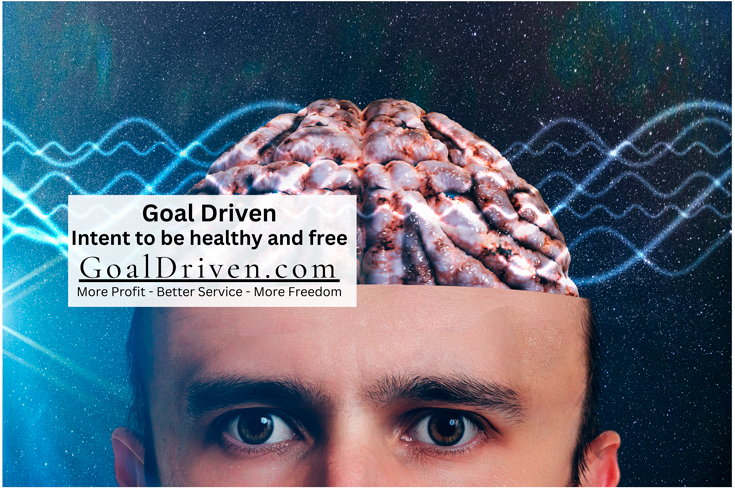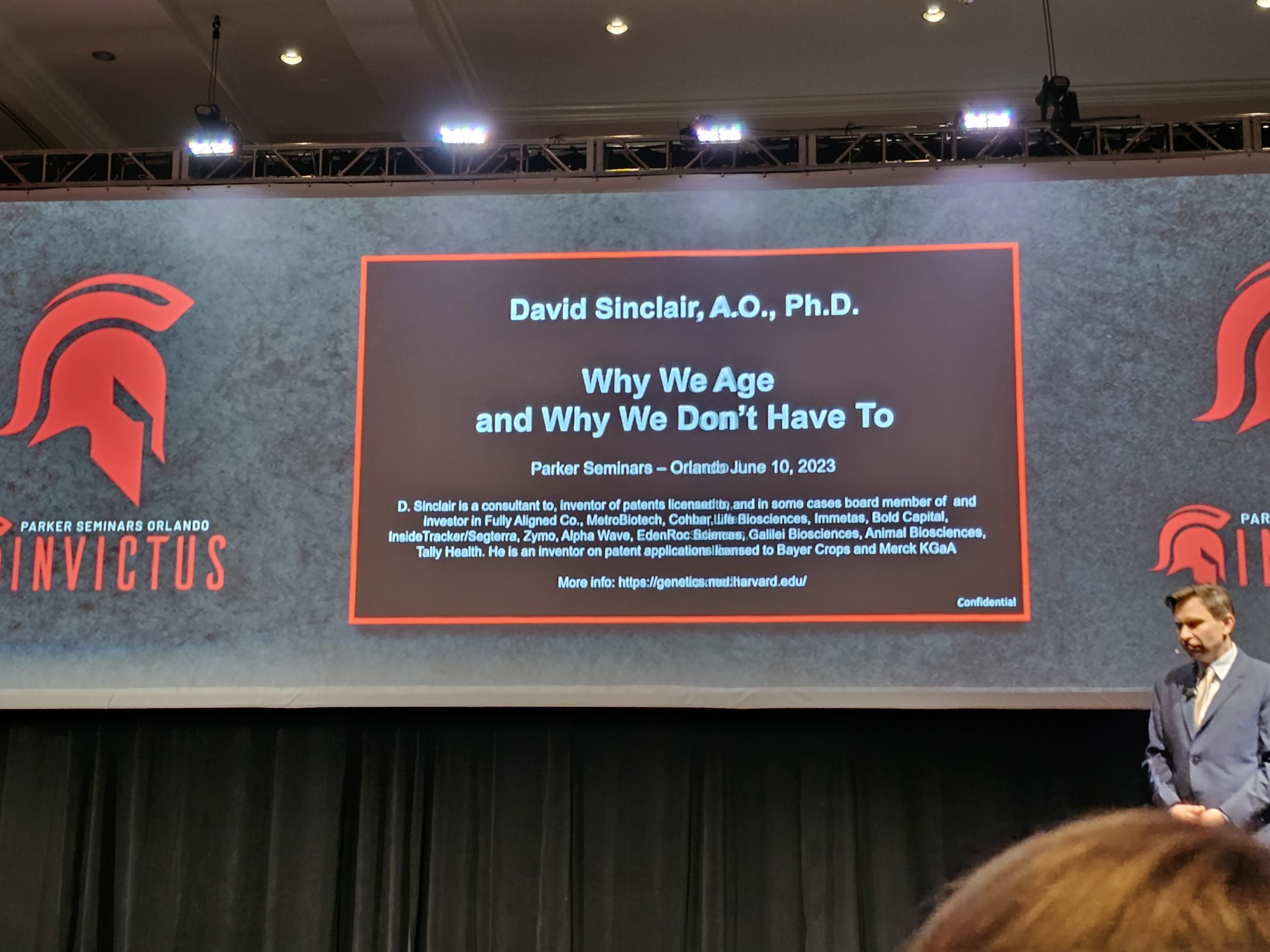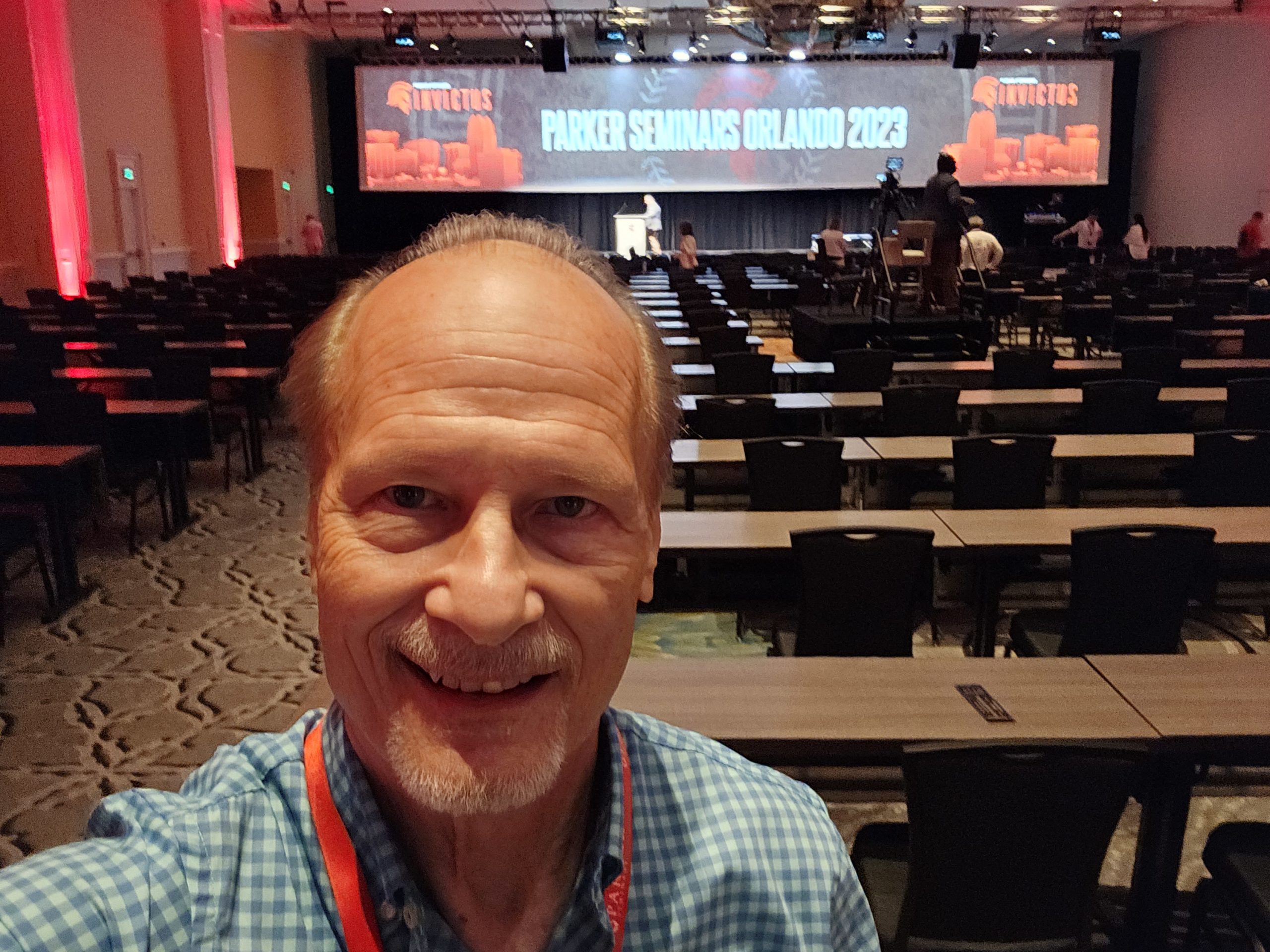
The Goal INTENDED Practice
Coming back from a chiropractic seminar, the flight attendant got on the public address system and made a standard announcement about our arrival, and thanked us for choosing their airline.
I don’t think I have ever heard a more monotone announcement delivered with less interest. The speaker seemed more intent on getting to their next task than the one they were currently doing – speaking to the passengers.
INTENTION
It can happen. We can become busy with our techniques, procedures, and dialogues that we lose track of why we are doing them. Sometimes our drive, vision, and intention to do our jobs becomes diluted during the day.
And when this happens, for whatever reason, you will see it in your practice numbers the following week – sometimes sooner.
Lynne McTaggart has conducted numerous experiments and studies on the healing power of intention. She says:
“Intention appears to be something akin to a tuning fork, causing the tuning forks of other things in the universe to resonate at the same frequency.”*
If this is true, then the quality and intensity of your intention affects the rest of your teammates and patients, both active and inactive.
Elsewhere Ms. McTaggart says:
“We need to realize that we are observers and creators, and in every moment that we are observing our world, we’re constantly remaking it at every instant.” **
THE TRANSHUMANIST FUTURE OF HEALTH CARE
At the recent Parker chiropractic seminar, I listened to David Sinclair. A geneticist, he and others have researched different approaches to longevity. According to Sinclair, recent studies demonstrate slowing down and even reversing aging. This is accomplished with the use of lifestyle changes, vitamins, repurposed drugs, and new drugs that are being developed.

David Sinclair speaking at Parker chiropractic seminar in Orlando, Florida in June of 2023 attended by Ed Petty of Goal Driven Business.
Also at the seminar was Nita Farahany, who discussed new developments in neurotechnology. She discussed new technology used to eavesdrop on not just our brains but our thoughts.
Parker comes across as very conservative, unlike some of my conspiratorial friends! But between the lines, the potential for future mechanization of health and humans was evident. In Ms. Farahany’s book, she talks about Transhumanism.
“Transhumanism is a cultural movement aimed at solving the “tragedies” of the human condition – namely aging, our physical and physiological limitation, and suffering.” * As AI advances, the idea is to “upskill” humans to keep up through genetic and electronic manipulation.
While there may be positives to creating superhumans, the risk is losing our humanity and perhaps independence. I was impressed that Parker had these speakers.
THE VITALISTIC FUTURE OF INDEPENDENT HEALTH CARE
We will have to stay vigilant. Artificial intelligence can only produce a sequence of actions, but only a living person can have intention. This is why AI can never replace the role of the healer.
Healing requires intent. And this is your specialty – dealing with the vital power of life.
ACTION STEPS
So, what is intention? It is the decision that you will achieve a specific goal. It is your determination and drive to create the end you have in mind.
Here are a couple of action steps to help keep intention strong:
- Discuss this with your team: What do you think when the phone rings or before seeing the next patient? “Oh boy, I get to talk to someone and make their day better.” Or, “Heck, another interruption.” This applies to everyone in the office – doctors and staff.
- Morning Case Management Meeting. One method of supporting strong intentions is starting each morning by reviewing who is coming in and the plan of action, the intention, for each patient. This is a Case Management meeting 15 minutes before the day begins. You can also set realistic goals for new patients and office visits, goals that everyone sees and agrees to.
Then, enjoy your day.
With Intention, Carpe Futurum! (Seize the Future!)
Ed

References:
The Battle for Your Brain: Defending the Right to Think Freely in the Age of Neurotechnology, Nita A. Farahany
